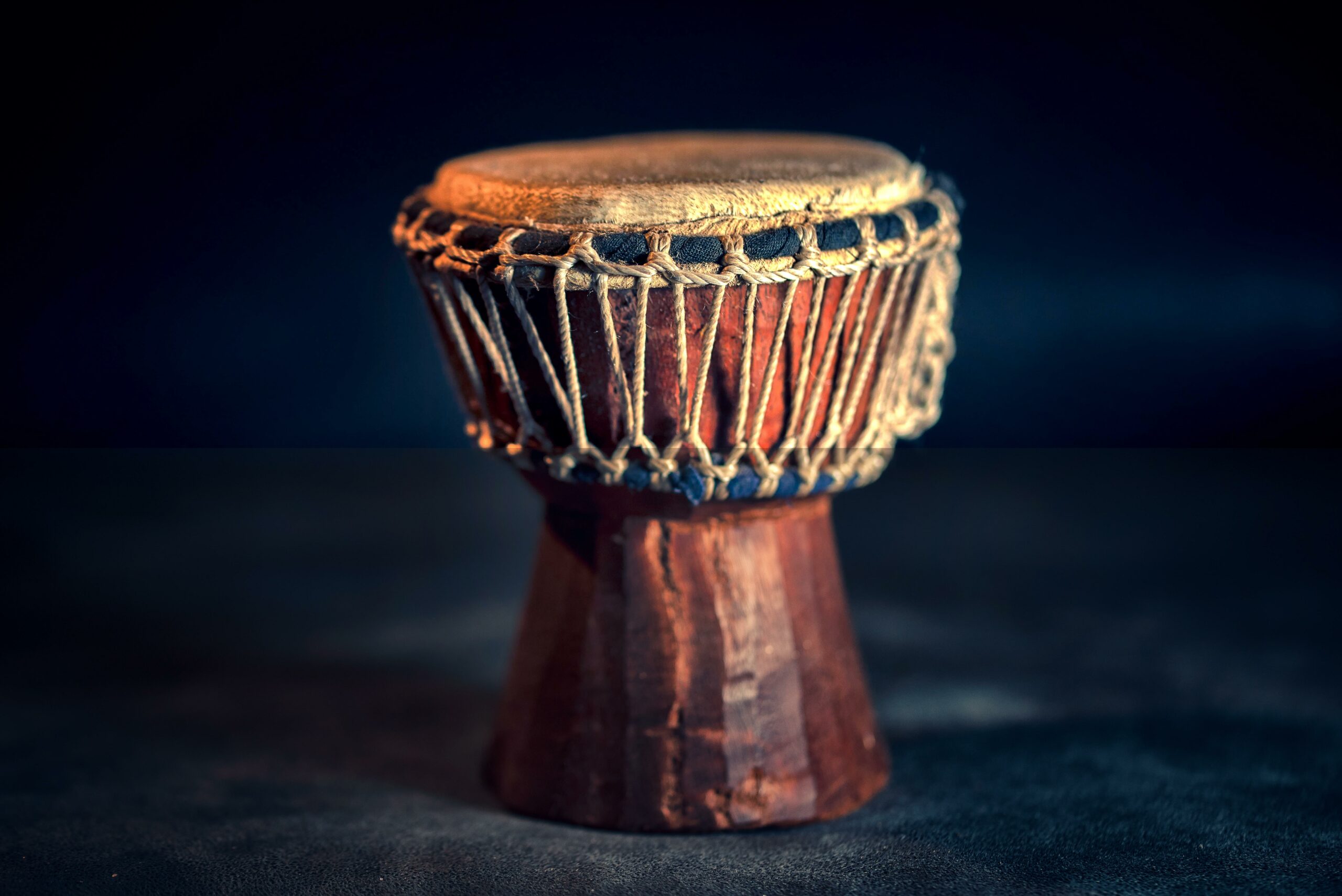Step into the enigmatic realm of ancient ball games, where history and spectacle intertwine. From the ritualistic courts of Mesoamerica to the grand stadiums of Rome, these forgotten contests played an integral role in shaping cultures and societies. Join us on a captivating journey as we uncover the secrets and unravel the enigma of these ancient pastimes in [Unraveling the Enigma of Ancient Ball Games].
Key Takeaways:
- Ball games have existed for thousands of years, originating in ancient Mesoamerica.
- The oldest rubber ball dates back to 1600 B.C.
- Ancient Greece and Rome had popular ball games like Episkyros, Harpastum, and Expulsim Ludere.
Ancient Ball Games
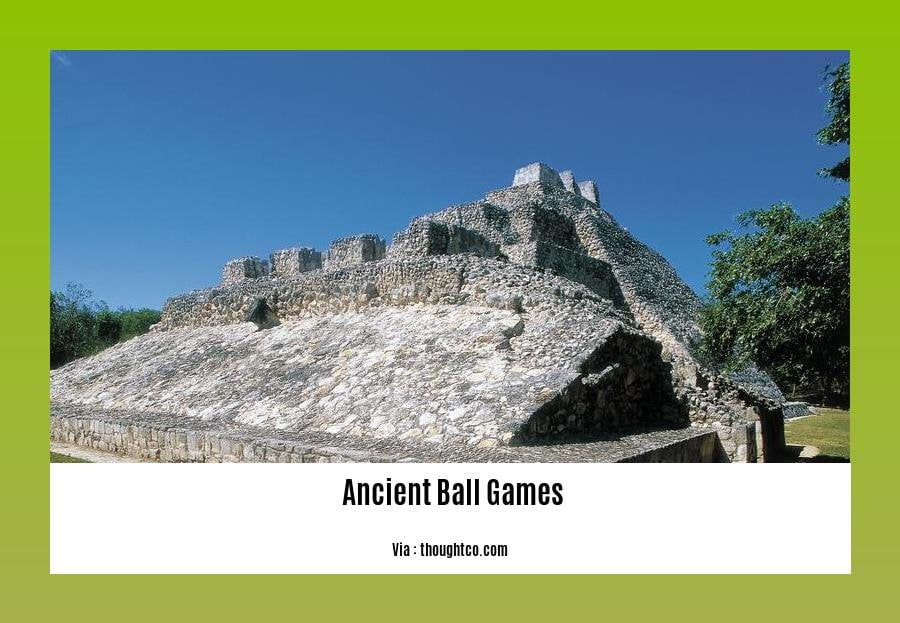
Prepare to be transported to an ancient realm where ancient ball games were not merely pastimes but deeply woven into the fabric of societies. Join us as we embark on a journey through time, uncovering the captivating history and cultural significance of these enigmatic games.
Origins in Mesoamerica
The roots of ancient ball games can be traced back to pre-Columbian Mesoamerica, where the oldest known evidence dates back to 1650 B.C. The Maya and Olmec civilizations are believed to have played a form of ball game using rubber balls.
Cultural Significance
In ancient cultures across the globe, ancient ball games transcended entertainment. They were often imbued with religious and spiritual symbolism, serving as rituals, tests of strength, and representations of cosmic battles.
Equipment and Techniques
The equipment used in ancient ball games varied widely, but common items included balls made of rubber, leather, or animal bladders. Players employed a range of techniques, from kicking and throwing to using specialized sticks or paddles.
Dive into the rich tapestry of the beautiful game with our comprehensive article on the history of football soccer. Embark on a captivating journey tracing the evolution of this beloved sport, from its humble beginnings to its global dominance.
Discover how the codification of rules in England laid the foundation for modern football. Learn about the pioneers who shaped the game and the historical milestones that transformed it into a truly international phenomenon.
Join the global football community and witness the pinnacle of international competition with the FIFA World Cup. Explore the history, unforgettable moments, and cultural impact of the world’s most prestigious football tournament.
Cultural significance and social aspects of ancient ball games
The ancient ball games were more than just a pastime; they were deeply embedded in the cultural and social fabric of ancient societies. These games often held religious and spiritual significance, serving as rituals or tests of strength and skill.
The Mayan ball game, known as Pok-a-Tok, provides a fascinating example of the cultural significance of ancient ball games. It was not merely a game but a ritual deeply intertwined with Mayan beliefs and practices. The ball court represented the cosmos, and the game itself symbolized the struggle between good and evil. The rituals surrounding the game were an integral part of the experience, and the outcome was often seen as a sign from the gods.
Beyond their ritualistic significance, ancient ball games also played a crucial social role. They provided a way for different communities to interact and compete. The games were often a major social event, attracting large crowds and fostering a sense of unity and shared identity. In some cultures, ball games were even used as a form of diplomacy, helping to resolve conflicts and build alliances.
Key Takeaways:
- Ancient ball games held deep cultural significance, often serving as rituals or tests of strength.
- The Mayan ball game, Pok-a-Tok, exemplified the cultural importance of these games, representing the cosmos and the struggle between good and evil.
- Ancient ball games also had a significant social role, fostering a sense of community, providing a platform for competition, and even serving as a form of diplomacy.
Citations:
Rituals, Beliefs, and Mythology Surrounding Ancient Ball Games
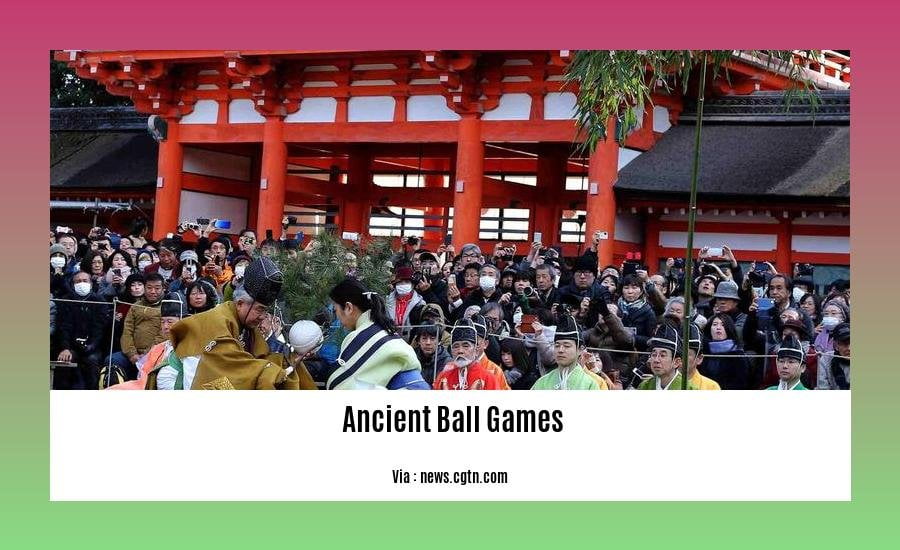
Ancient ball games were not merely games for entertainment; they were deeply embedded in the rituals, beliefs, and mythology of ancient cultures.
Mayan Pok-a-Tok: A Symbolic Journey
In the Mayan world, the ball game known as Pok-a-Tok transcended the realm of sports. It was a sacred ritual that symbolized the journey between life and death, the underworld, and the creation of the world. Played on specially designed courts, the game depicted the cosmic struggle between the Hero Twins and the lords of the underworld. The ball represented the sun, and the sacrifice of the losing captain mirrored the sacrifice of the Hero Twins.
Beliefs and Symbolism
The rules and techniques of ancient ball games varied across cultures, but they shared common themes. Balls often represented the sun, moon, or stars. The courts themselves were imbued with symbolic meanings, representing the celestial sphere or the underworld. Games often ended with ritual sacrifices, reflecting the belief that victory in the game ensured the well-being of the community.
Mythology and Legends
Ancient ball games found their way into the mythologies of many cultures. In Mesoamerica, the Hero Twins played the game to defeat the lords of the underworld. In Japan, the mythical game of Kemari was believed to have been played by the gods. In Greece, the god Hermes was credited with inventing the game of ball.
Key Takeaways:
- Ancient ball games were not just recreational but held deep cultural significance.
- They were often associated with religious rituals and mythological beliefs.
- The rules, equipment, and symbolism varied across cultures.
- The Mayan ball game, Pok-a-Tok, was a symbolic journey representing the underworld and the creation of the world.
Relevant URL Sources:
- Mayan Ball Games – Ancient History of Mayan Ball Game, It’s Significance, Rules, and Rituals
- The Ball Game of Mesoamerica
Archaeological Evidence and Its Contribution to Understanding Ancient Ball Games
Archaeological evidence provides valuable insights into ancient ball games, shedding light on their origins, rules, and significance. Unearthed artifacts, such as balls, courts, and equipment, offer tangible proof of these games’ existence and popularity.
Leather Balls from China
The discovery of three leather balls in China, dating back around 3,000 years, is the oldest evidence of ball games in Eurasia. These balls, found near the remains of nomadic horse riders, suggest that they engaged in these games on horseback.
Ball Courts in Mesoamerica
Archaeological excavations have uncovered numerous ball courts in Mesoamerica, particularly in Mayan cities. These courts, often adorned with reliefs and sculptures, provide insights into the importance of ball games in these cultures.
Artifacts from Egypt
Ancient Egyptian tomb paintings depict individuals playing ball games using a stick or paddle. These images, along with small stone balls found in tombs, indicate the existence of ball games in Egypt thousands of years ago.
Significance of Archaeological Evidence
1. Verification: Archaeological evidence confirms the existence of ancient ball games, providing tangible proof beyond written records or oral traditions.
2. Timeline: Artifacts help establish the chronology of ball games, allowing researchers to trace their development and spread across different cultures.
3. Game Dynamics: Courts and equipment provide clues about the rules and gameplay, such as the size of the playing field, the number of players involved, and the use of specialized equipment.
4. Cultural Context: Archaeological findings offer insights into the cultural significance of ball games, suggesting their role in rituals, ceremonies, and social events.
Key Takeaways:
- Archaeological evidence provides tangible proof of ancient ball games, including balls, courts, and equipment.
- The oldest evidence of ball games in Eurasia dates back around 3,000 years and was found in China.
- Ball courts in Mesoamerica reveal the importance of these games in Mayan culture.
- Artifacts from Egypt indicate the existence of ball games in ancient Egypt.
- Archaeological evidence helps verify, establish a timeline, uncover game dynamics, and provide insights into the cultural context of ancient ball games.
Relevant URL Sources:
- New Evidence for Ball Games in Eurasia from ca. 3000-year-old Woven Leather Balls
- Three Leather Balls Represent Oldest Evidence of Ancient Eurasian Ball Games
FAQ
Q1: What was the significance of the Mayan ball game?
A1: The Mayan ball game, Pok-a-Tok, held both ritualistic and practical importance. It symbolized the cosmos and religious beliefs, representing the transition between life and death.
Q2: What were the rules of the Mayan ball game?
A2: The Mayan ball game was played in specially designed ball courts. Players used their legs, arms, and hips to strike the rubber ball, aiming to keep it in play. The game could end with ritual sacrifices to Mayan gods.
Q3: What is the oldest evidence of ball games?
A3: The oldest evidence of ball games is a set of three leather balls discovered in China, dating back approximately 3,000 years. These balls were found near the remains of nomadic horse riders, suggesting that they engaged in ball games.
Q4: What was the purpose of ball games in ancient Greece and Rome?
A4: In ancient Greece and Rome, ball games such as Episkyros, Harpastum, and Expulsim Ludere were popular forms of recreation and entertainment. These games involved throwing, catching, and hitting a ball with the hands or a stick.
Q5: What is the legacy of ancient ball games?
A5: Ancient ball games have left a lasting legacy in modern sports and games. Many popular sports today, such as soccer, basketball, and tennis, have their origins in ancient ball games.
- HelpCare Plus: Revolutionizing Affordable and Accessible Healthcare - December 29, 2024
- Boom & Bucket: Your Digital Marketplace for Used Heavy Equipment - December 28, 2024
- Ankle Bones Crossword Clue: Solutions, Tips & Anatomical Insights - December 28, 2024
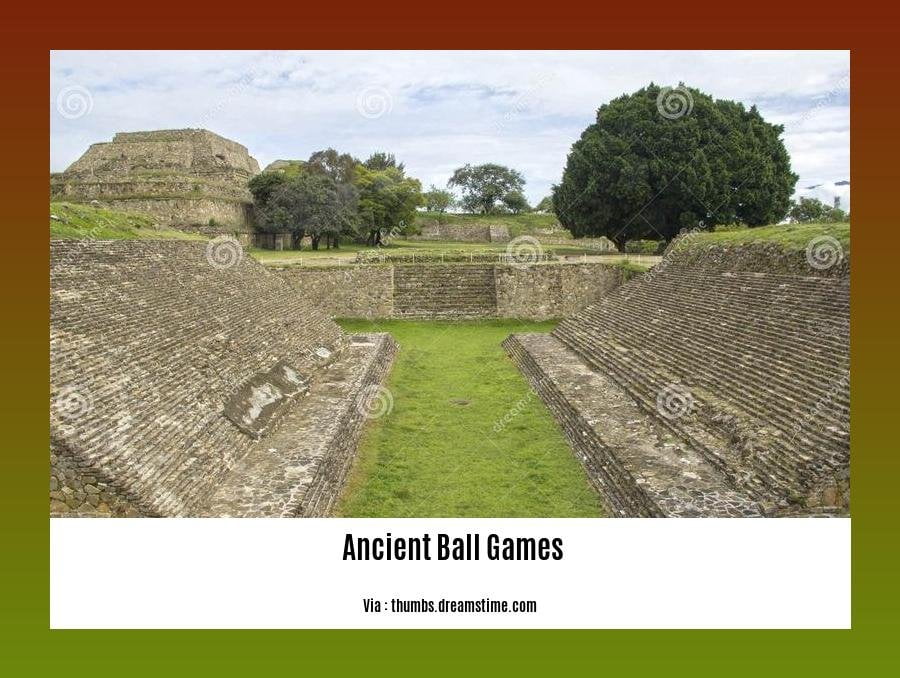


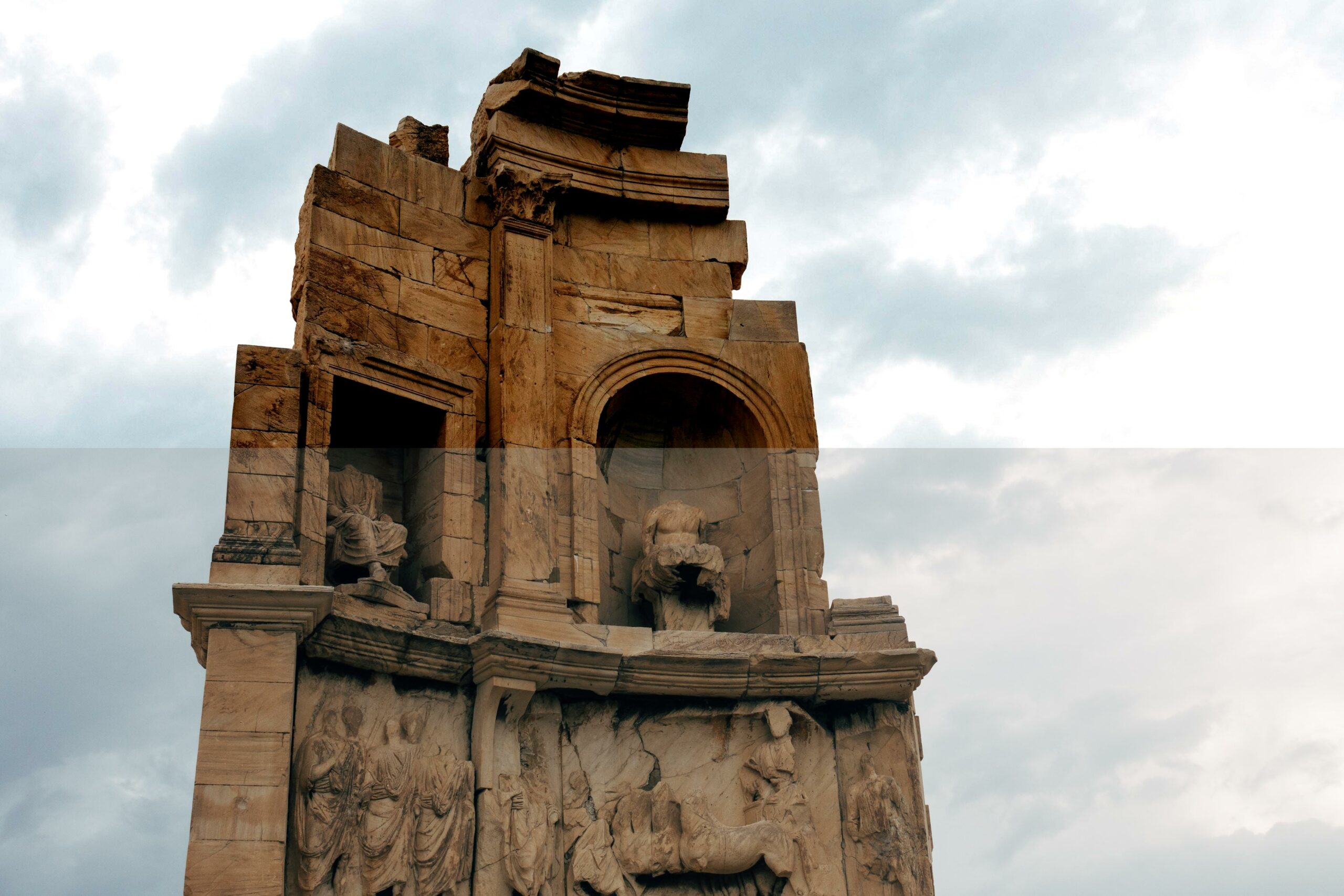
![[Facts about Italian Rome]: Unveiling the Secrets of the Eternal City Facts-about-Italian-Rome_2](https://www.lolaapp.com/wp-content/uploads/2023/12/Facts-about-Italian-Rome_2.jpg)
